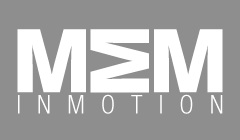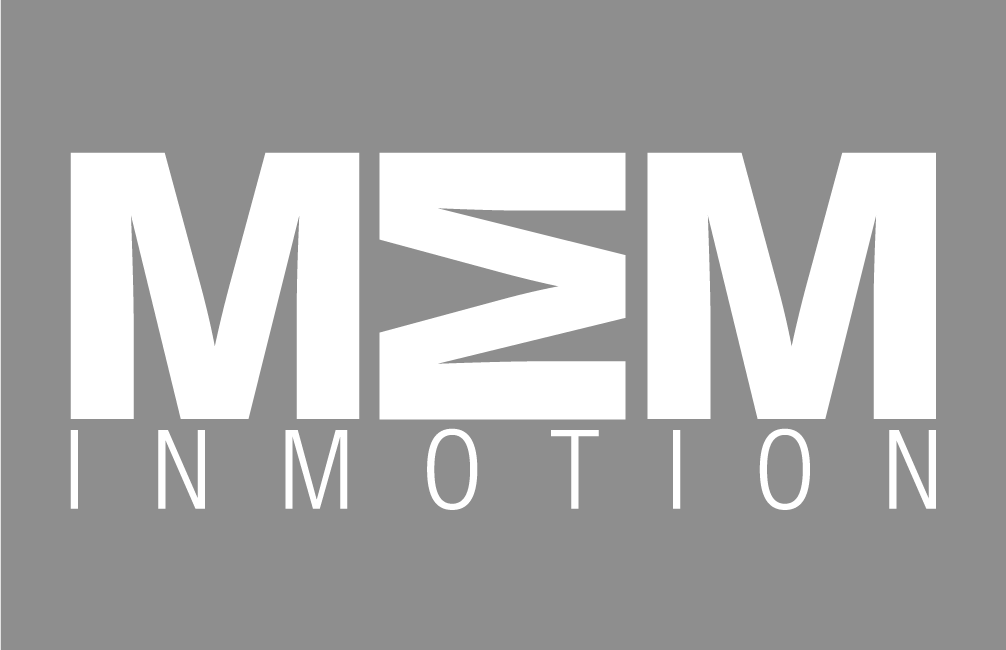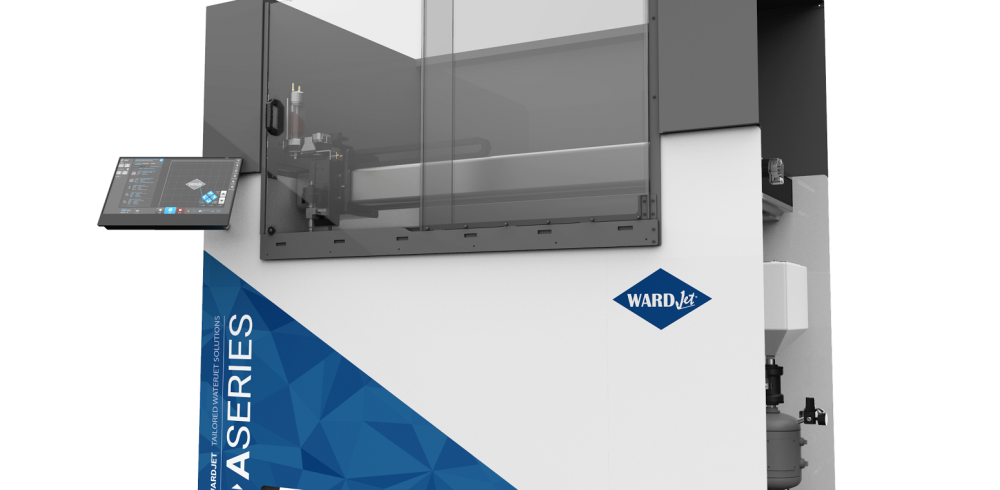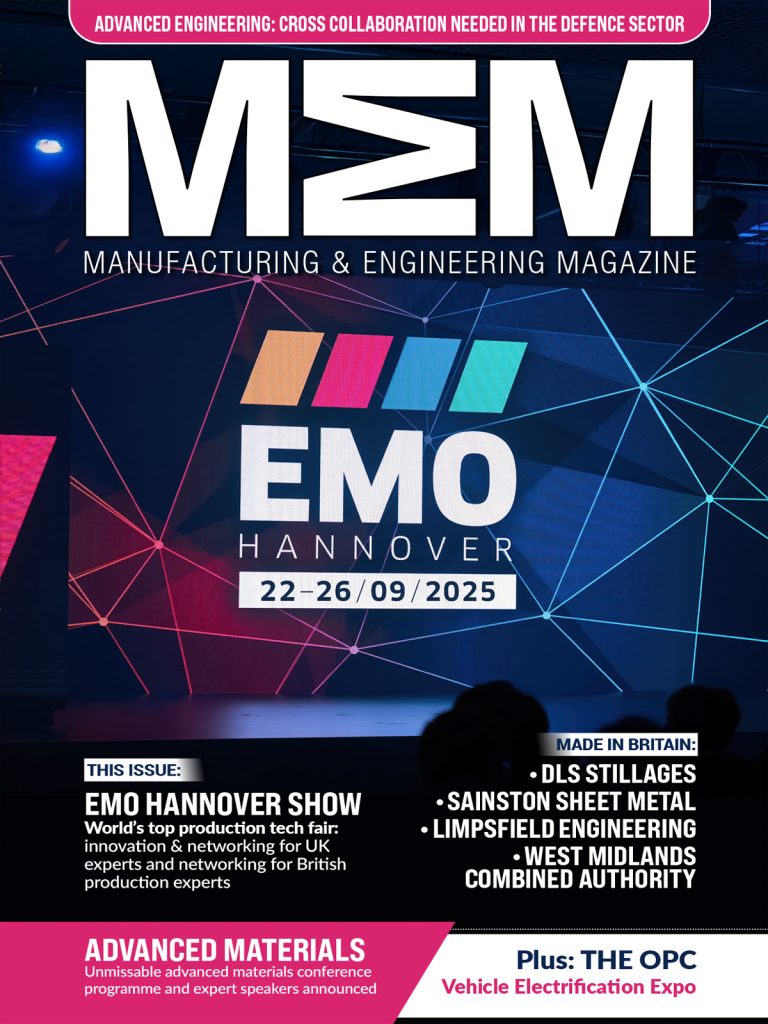3D printing is making waves throughout the automotive manufacturing industry and opening up new possibilities. Malcolm Nicholls Limited are a team of experts leading the way in rapid prototyping, 3D printing, and low-volume manufacturing.
Let’s explore more about how 3D printing is changing the face of the automotive manufacturing industry.
Rapid 3D prototypes
The design stage is an important part of the car manufacturing process. Without getting this right, manufacturers cannot make the car work or look like it ought to.
Prototyping parts can be useful in the car’s design phase. One way that 3D printing is changing the face of the automotive industry is by making the 3D prototyping process a rapid and stress-free one. You can even get same-day 3D prototypes. Malcolm Nicholls Limited are a team of experts leading the way in rapid prototyping, 3D printing, and low-volume manufacturing.
3D printing also can be used to make to-scale 3D models or ‘concept’ cars much quicker. This allows experts to have an in-depth look into how the car could look and the positioning of its components.
Flexibility
Car manufacturing staff sometimes spot something further down the line that makes them change course and alter the design before it goes off to production. So, another benefit of the speed of 3D printing is that it means making any alterations during the design and development stages is easy.
Cost-effective
Replicating smaller parts with 3D printing is more cost-effective than always carrying a large array of spare stock parts. A CAD file will help to significantly reduce production time and cut costs.
Customised and personalised parts
These days, there is demand for customised car parts amongst customers paying that extra bit more. 3D printing provides plenty of scope for elegantly crafted personalised and bespoke cars, parts and spares.
Increased fuel efficiency thanks to lighter vehicle weight
The thin layers produced by 3D printers don’t weigh much at all, and this lightweight technology helps to bring down the overall weight of cars. Fuel efficiency is also an integral part of the modern car customer’s experience, especially given the recent rise in energy prices worldwide. 3D printing is giving a helping hand in increasing fuel efficiency given that it produces lighter cars that require lower energy consumption.
So, 3D printing accelerates automotive production and is here to stay. You will notice other industries making the most of it, including textiles, food and beverage production, machines and aircraft manufacturers, and more.
Manufacturing & Engineering Magazine | The Home of Manufacturing Industry News










